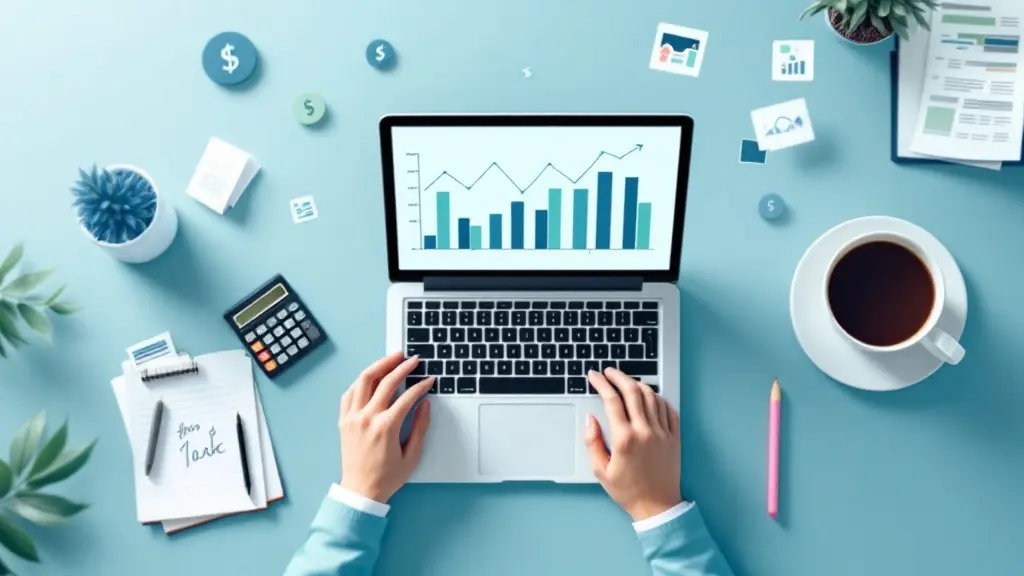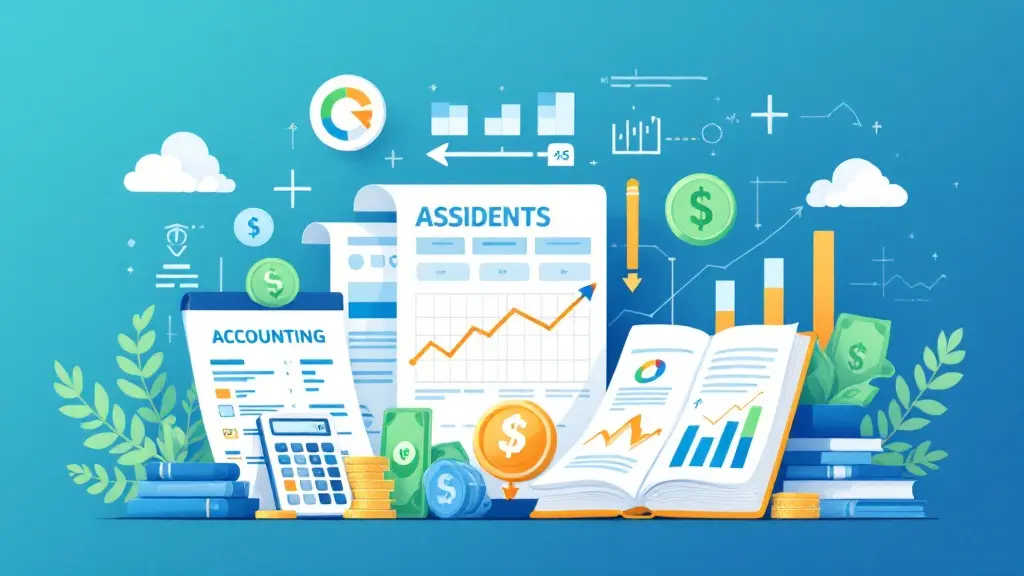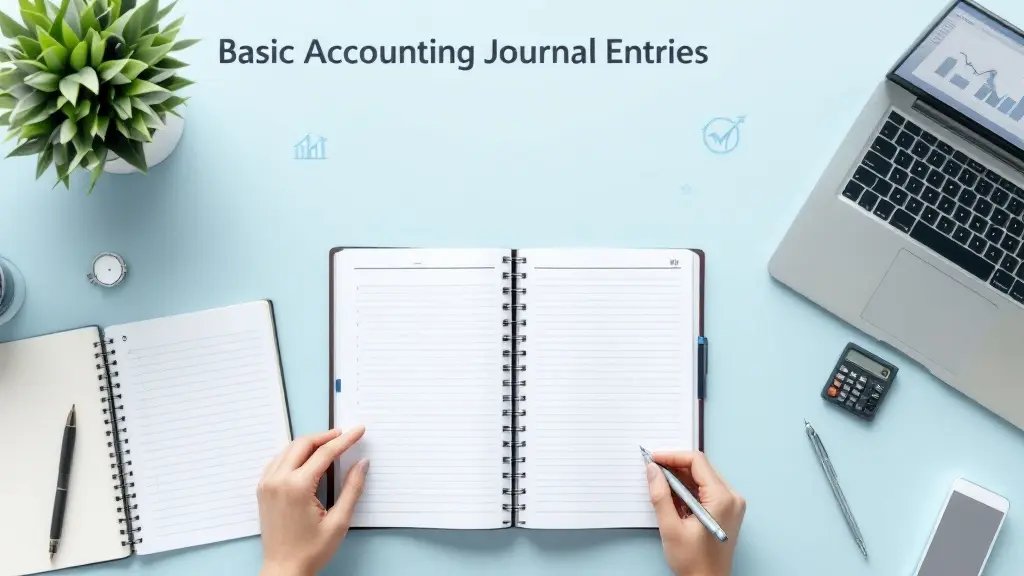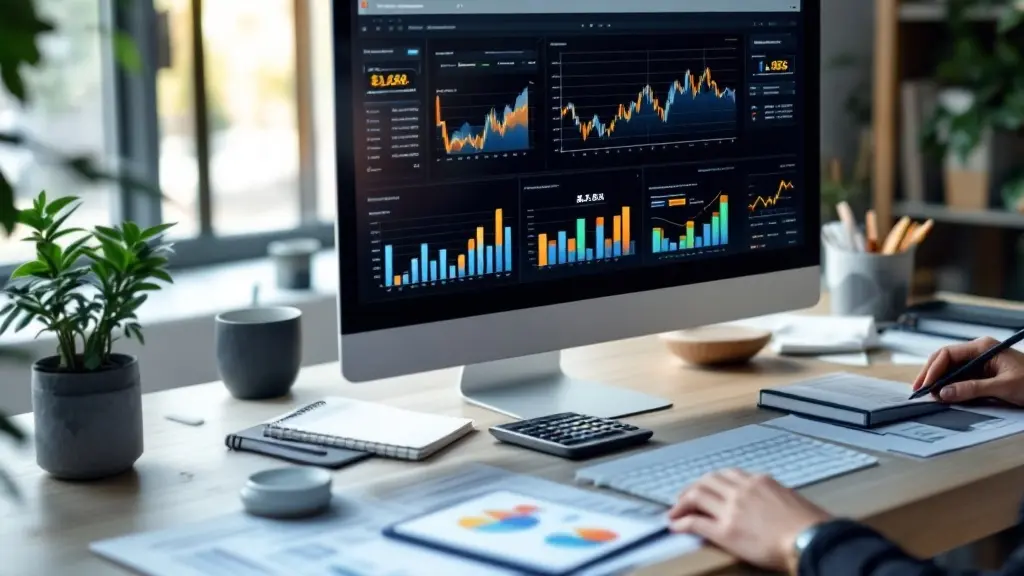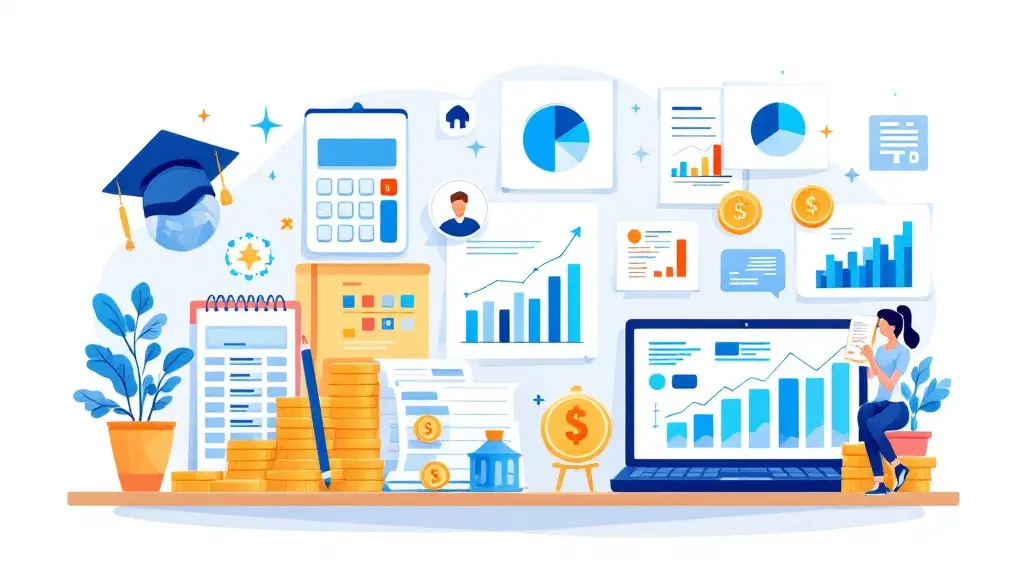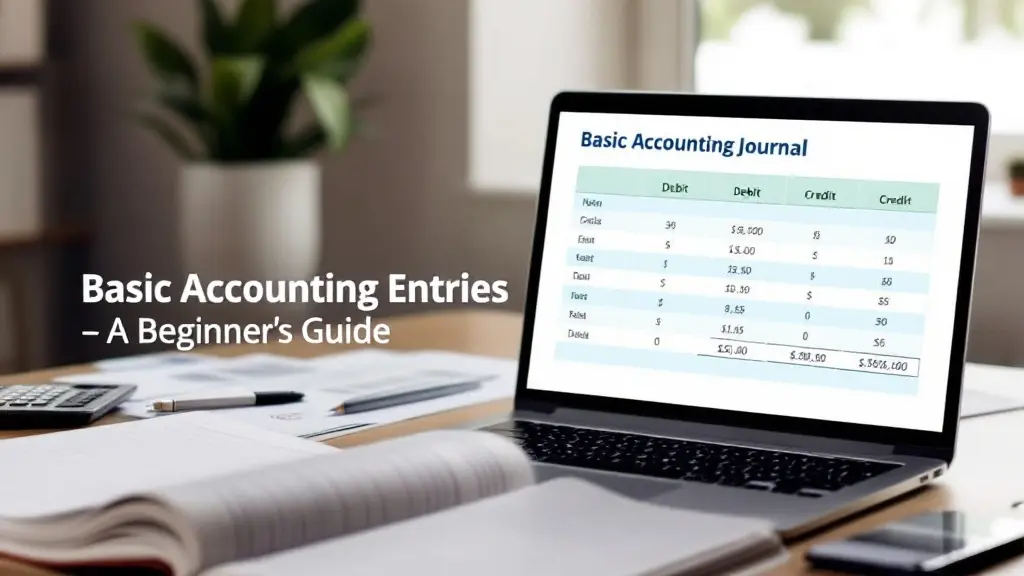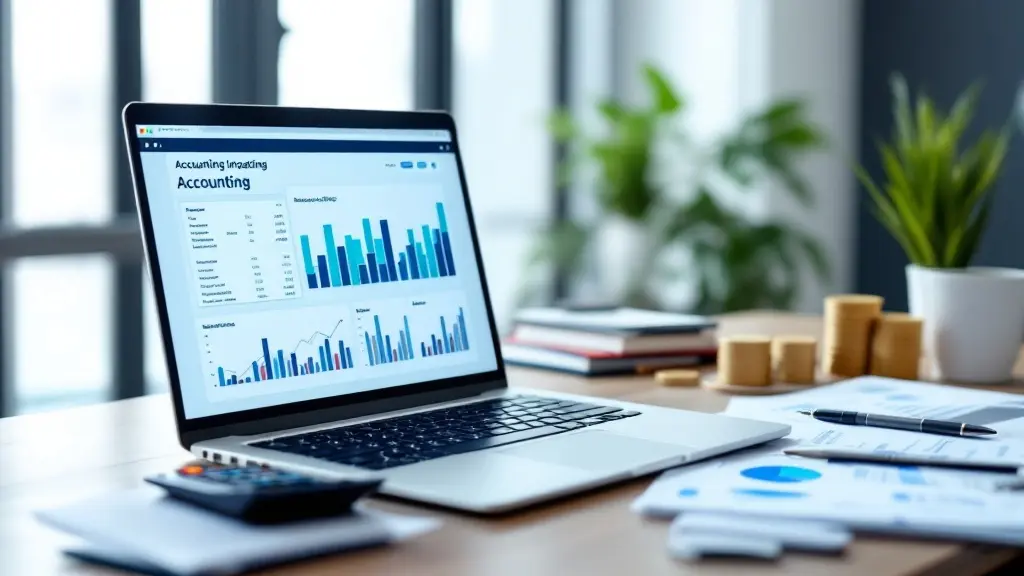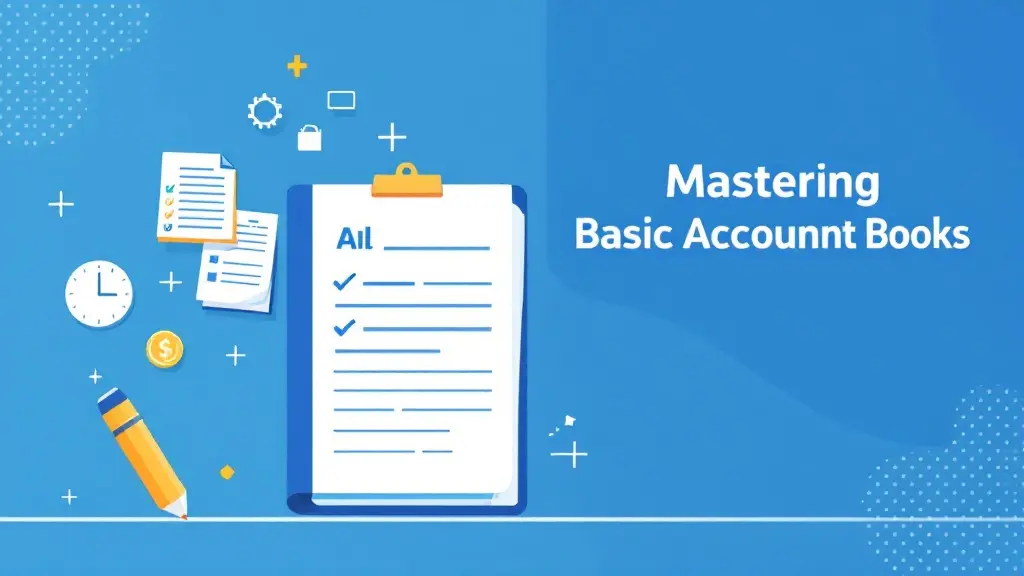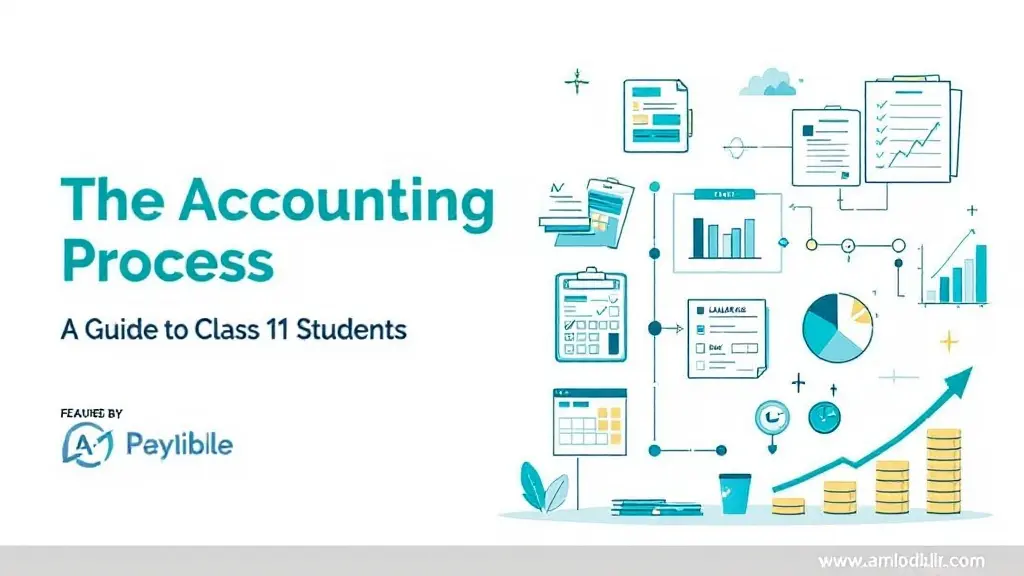Comprehensive Guide to Balance Sheet Questions and Solutions: Simplifying Financial Analysis
Table of Contents
Most Read
[fusion_dropcap class="fusion-content-tb-dropcap"]A[/fusion_dropcap] balance sheet is one of the fundamental financial statements used by businesses to assess their financial health. It provides a snapshot of a company’s financial position at a specific point in time, detailing its assets, liabilities, and equity. Whether you’re a student learning accounting principles or a business owner trying to manage your finances, understanding balance sheet questions and solutions is crucial for making informed decisions.
In this blog post, we’ll explore common balance sheet questions, provide solutions, and help you better understand this essential financial tool.
What is a Balance Sheet?
Before diving into questions and solutions, it’s important to understand what a balance sheet is and why it matters.
A balance sheet is a financial statement that summarizes a company’s assets, liabilities, and shareholder equity. It is structured in two main parts:
- Assets: Everything the company owns, including cash, inventory, property, and equipment.
- Liabilities: The company’s obligations, such as loans, accounts payable, and debts.
- Equity: The residual value of assets after liabilities are subtracted, representing the owner’s stake in the business.
The balance sheet follows the fundamental accounting equation:
Assets = Liabilities + Equity
This equation ensures that the sheet remains “balanced,” which is why it’s called a balance sheet.
Why Is the Balance Sheet Important?
The balance sheet provides critical insights into a company’s financial health, such as:
- Liquidity: It shows whether the company can meet short-term obligations.
- Solvency: It reveals if the company can meet long-term debt obligations.
- Financial Stability: It helps investors and creditors assess the company’s financial strength.
Now that we’ve covered the basics, let’s explore some common balance sheet questions and their solutions.
Common Balance Sheet Questions and Solutions
1. How Do You Calculate Total Assets?
Question: How do you calculate total assets on a balance sheet?
Solution: Total assets include both current and non-current assets. Here’s a breakdown:
- Current assets are expected to be converted into cash or used up within one year. These may include cash, accounts receivable, inventory, and short-term investments.
- Non-current assets (or long-term assets) include property, plant, equipment, long-term investments, and intangible assets like patents and trademarks.
To calculate total assets, simply add the current and non-current assets:
Total Assets = Current Assets + Non-Current Assets
For example:
- Current Assets: $50,000 (cash, receivables, etc.)
- Non-Current Assets: $200,000 (property, equipment, etc.)
Total Assets = $50,000 + $200,000 = $250,000
2. What Are Current Liabilities, and How Do You Calculate Them?
Question: What are current liabilities, and how do you calculate them?
Solution: Current liabilities refer to obligations that the company needs to settle within one year. These include accounts payable, short-term loans, accrued expenses, and other short-term debts.
To calculate current liabilities, list all short-term debts and obligations. Here’s how:
- Accounts payable (amount owed to suppliers)
- Short-term loans
- Accrued wages
- Taxes payable
Formula:
Current Liabilities = Accounts Payable + Short-Term Loans + Accrued Expenses
For example:
- Accounts Payable: $30,000
- Short-Term Loans: $15,000
- Accrued Expenses: $5,000
Current Liabilities = $30,000 + $15,000 + $5,000 = $50,000
3. How Do You Calculate Owner’s Equity?
Question: How do you calculate owner’s equity from the balance sheet?
Solution: Owner’s equity (or shareholder equity) is calculated as the difference between total assets and total liabilities. It represents the ownership interest in the company.
The formula is:
Owner's Equity = Total Assets - Total Liabilities
For example:
- Total Assets: $500,000
- Total Liabilities: $300,000
Owner’s Equity = $500,000 – $300,000 = $200,000
4. What Are the Key Ratios to Analyze on a Balance Sheet?
Question: What are some key financial ratios derived from the balance sheet?
Solution: Several financial ratios can help analyze the financial health of a business. Here are some key ratios:
a. Current Ratio
This ratio measures the company’s ability to pay off its short-term liabilities with its short-term assets.
Current Ratio = Current Assets / Current Liabilities
A ratio of 1 or higher indicates good liquidity, meaning the company can meet its short-term obligations.
b. Debt-to-Equity Ratio
This ratio shows the proportion of debt used to finance the company’s assets relative to equity.
Debt-to-Equity Ratio = Total Liabilities / Owner's Equity
A higher ratio indicates higher financial leverage and risk.
c. Return on Assets (ROA)
This ratio measures how efficiently a company is using its assets to generate profit.
ROA = Net Income / Total Assets
d. Quick Ratio (Acid-Test Ratio)
This ratio is a more conservative measure of liquidity than the current ratio, excluding inventory from current assets.
Quick Ratio = (Current Assets - Inventory) / Current Liabilities
5. What is the Difference Between a Balance Sheet and an Income Statement?
Question: What is the difference between a balance sheet and an income statement?
Solution: While both the balance sheet and the income statement are critical financial statements, they serve different purposes.
- Balance Sheet: As discussed, the balance sheet provides a snapshot of the company’s financial position at a specific point in time. It shows what the company owns and owes.
- Income Statement: This statement, also known as a profit and loss statement, shows the company’s revenues, expenses, and profits over a period of time (usually a quarter or year).
The key difference lies in the time aspect—balance sheets are static, whereas income statements are dynamic.
6. How Can You Prepare a Balance Sheet?
Question: What steps should be followed to prepare a balance sheet?
Solution: Preparing a balance sheet involves a systematic process:
- Identify Assets: List all assets, starting with current assets, followed by non-current assets.
- Identify Liabilities: List all liabilities, beginning with current liabilities, followed by non-current liabilities.
- Calculate Equity: Determine equity by subtracting liabilities from assets.
- Balance: Ensure that total assets equal the sum of total liabilities and equity. If they don’t, there’s likely an error in the financial records.
7. Can You Provide an Example of a Balance Sheet?
Question: Can you show an example of a simple balance sheet?
Solution: Here’s a simple balance sheet example:
Balance Sheet as of December 31, 2024
| Assets | Liabilities and Equity | ||
|---|---|---|---|
| Current Assets | $150,000 | Current Liabilities | $60,000 |
| – Cash | $50,000 | – Accounts Payable | $30,000 |
| – Accounts Receivable | $30,000 | – Short-Term Loans | $20,000 |
| – Inventory | $70,000 | Non-Current Liabilities | $100,000 |
| Non-Current Assets | $300,000 | – Long-Term Loans | $100,000 |
| – Property | $250,000 | Owner’s Equity | $290,000 |
| – Equipment | $50,000 | – Retained Earnings | $290,000 |
| Total Assets | $450,000 | Total Liabilities and Equity | $450,000 |
As you can see, the balance sheet balances with total assets of $450,000, which is equal to the total liabilities and equity.
Conclusion
Understanding balance sheet questions and solutions is crucial for both businesses and students of accounting. By analyzing the balance sheet, businesses can assess their financial health, make informed decisions, and attract potential investors or lenders.
Whether you’re preparing a balance sheet for your business or studying for an exam, keep these questions and solutions in mind. Remember, the balance sheet is all about understanding the relationship between assets, liabilities, and equity. Keep practicing, and you’ll become proficient at analyzing and interpreting balance sheets in no time.
If you have any questions or need further clarification on balance sheet concepts, feel free to reach out.
